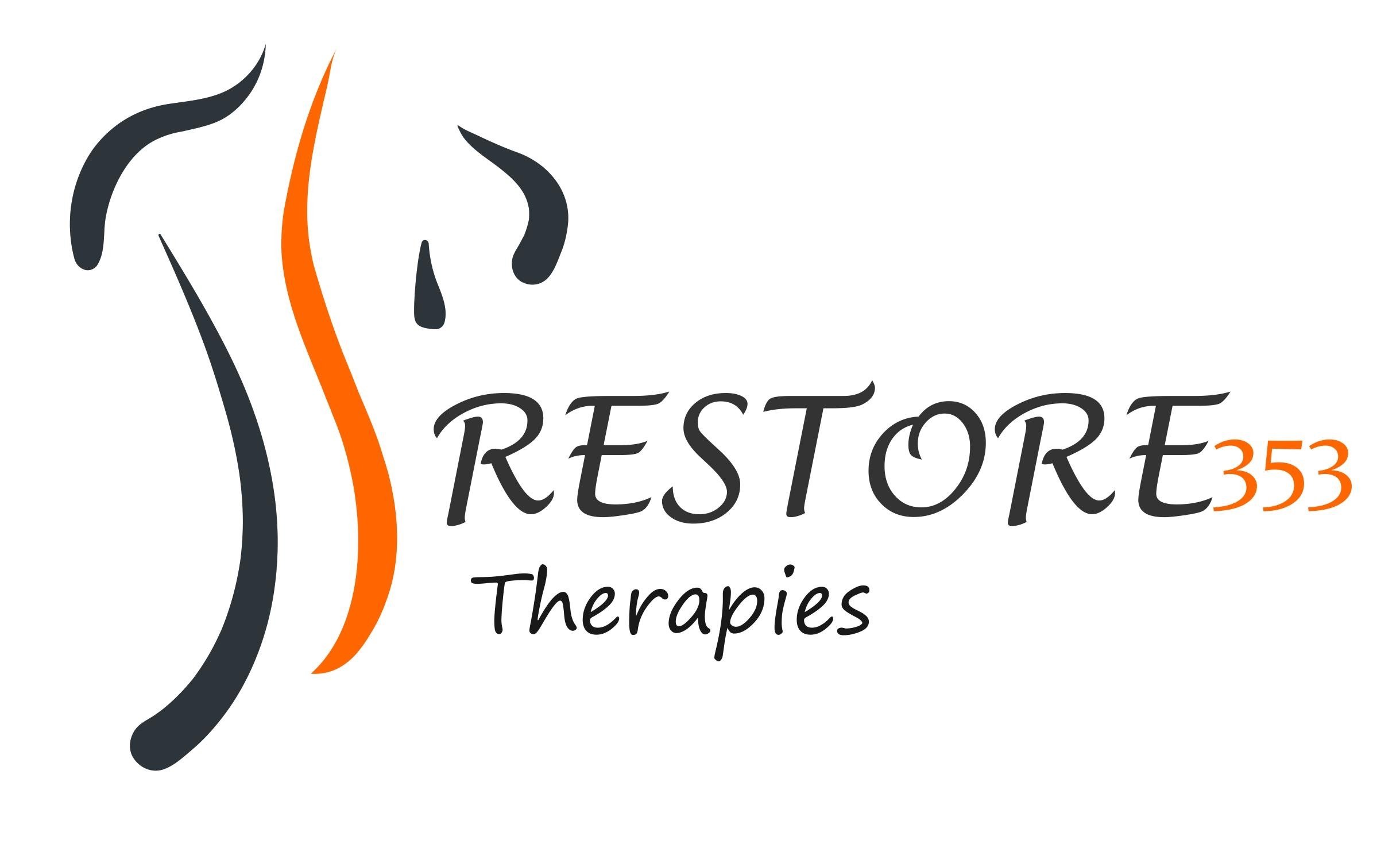Pilates During the First Trimester
Pilates is a great method of exercise during pregnancy because it is very adaptable to the individual. Each exercise can be easily modified and is ideal for the changing woman’s body during pregnancy. During the first trimester, women often are confused about what exercises they can do. Here is a list of exercises to target the body during this time, and to prepare for months to come.
Pelvic Tilts
- Performing pelvic tilts helps to bring awareness to the deep abdominal muscles and how to activate them by drawing the navel back towards the spine versus releasing the muscles or working without muscle recruitment. Activating the deep abdominal muscles will both stabilize the pelvis and release pressure from the spine, and will alleviate back pain. Remember, this exercise should be performed seated after the first trimester.
Kegels/Pelvic Floor Exercise
- The pelvic floor muscles form a “hammock” in the pelvis. They hold up and in the organs and bare the weight of the baby as the baby continues to grow. Keeping these muscles healthy and strong can help to decrease incontinence during and after pregnancy, along with keep up the endurance of these highly needed muscles during birth and recovery.
Side Lying Leg Lifts and Clamshells
- These exercises help to strengthen the hips and glutes, while also working the obliques and deep abdominals as you stabilize the pelvis. If you start to feel any pressure in the pubic bone, modify the position of the legs, limit the range of motion or perform less repetitions. This exercise should feel comfortable on the pelvis and pubic bone when targeting the outer leg and hip.
Squats
- This is an excellent exercise during pregnancy. It helps to increase pelvic floor strength and stabilize the back and pelvis by strengthening the glutes. Additionally, squats help to prepare you for labor and birth, and strengthen leg muscles, giving you more endurance in your birthing position. Do not squat when the baby is in a not optimal position or if you feel pain when squatting.
Quadruped Arms and Legs
- These exercises are performed on hands and knees and aim to stabilize both shoulders and hips. Adding the extension of arms and legs, one at a time or in varying combinations and movements, challenges that stability and helps to build endurance.
Upper Body Work
- As the baby grows, a mother’s posture tends to become more forward rounded to compensate for the weight in the front. Using therabands and free weights to strengthen the shoulders and upper body, will help to keep a better posture and open chest. Exercises such as biceps curls, internal and external rotation of the shoulders and deltoid flies are excellent examples to keep the upper body strong. These also help to prepare the mother for the upper body endurance that she will need post pregnancy when both carrying the baby and leaning forward to nurse.
Always talk to your doctor about your individual pregnancy to determine any medical concerns and/or issues to consider when exercising. Trainers and practitioners working with pregnant women should hold extra certifications to safely guide a woman through her pregnancy exercise routine. Remember, when in doubt, ask about the safety of an exercise first. Positions and exercises can always be modified to accommodate individual needs.






